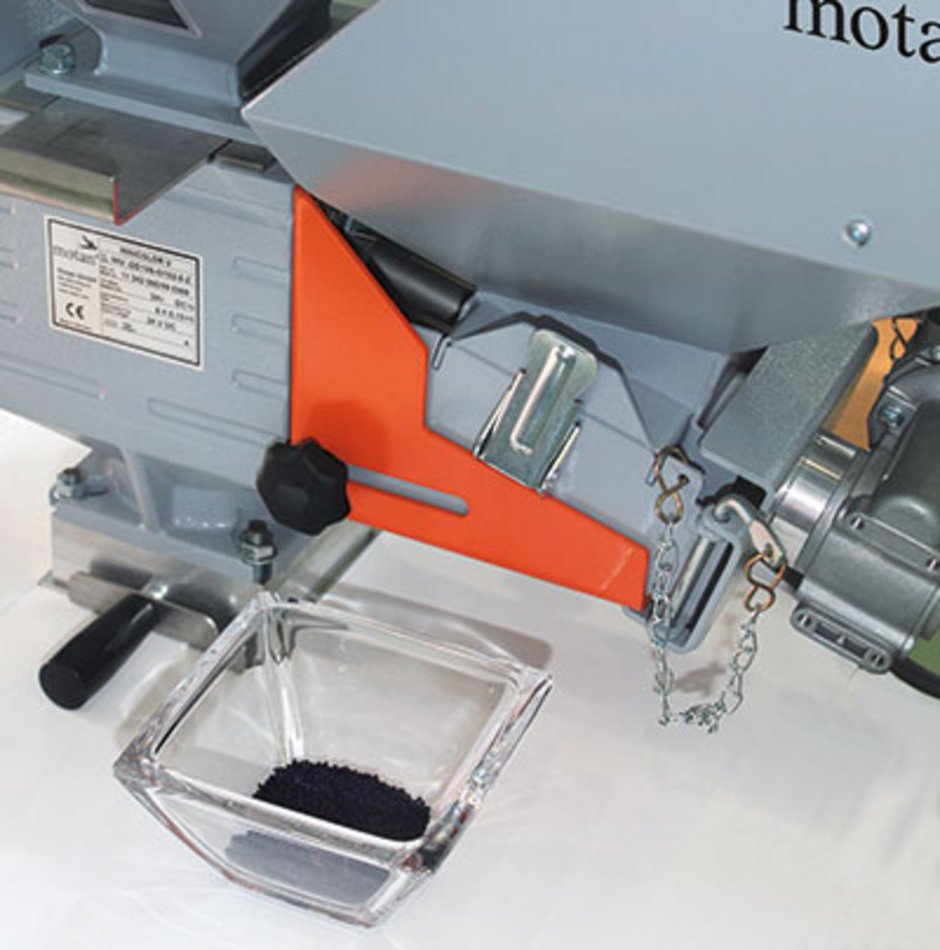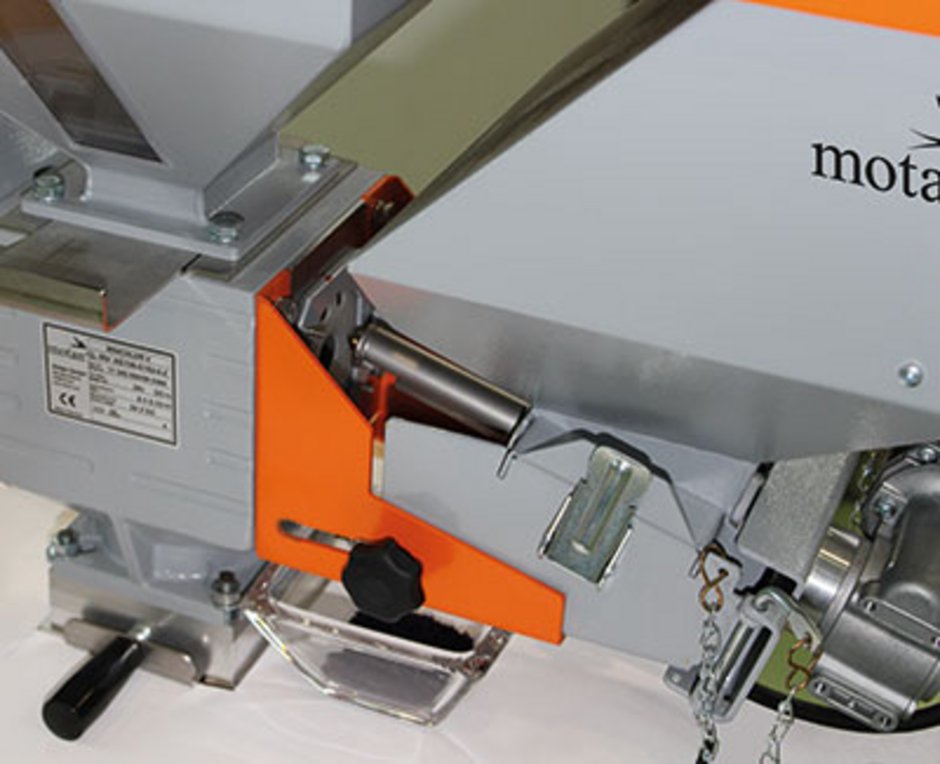05 - Why do volumetric dosing units need calibrating?

Since volumetric dosing units do not weigh the output, they need to be calibrated for each material.
The goal of calibration is to determine the mass of the material being dosed for a defined period of time at a defined number of revolutions of the dosing device (screw, disc etc.). This allows the control system to ensure precisely the right ratio of ingredients as required by the recipe. The system calculates the exact volume of each material required for each injection moulding machine cycle to achieve the desired output.
For successful calibration, it is important to select and correctly configure the right dosing device for the material and throughput. Only when dosing devices are operating within their upper and lower throughput limits is the calibration value most accurate.

Today’s dosing units can be easily adjusted for calibration purposes. It is important to ensure that the hopper contains sufficient material. In addition, the chambers of the dosing device need to be evenly filled to ensure reproducibility. For this reason, it is advisable to disregard the output from the first one or two cycles.
Modern dosing units such as the MINICOLOR V shown above allow an operator to easily slide the dosing device from its normal “closed” position (image 1) to its “open” calibration position (image 2), so that the material being calibrated can easily be collected.
Now, it is time to start a calibration cycle via the control. The output mass of the component needs to be collected and weighed. This procedure should be repeated several times in order to determine an average value. The accuracy of the scales being used need to be ten times better than the lowest value that can be entered into the control.
Modern dosing units automatically calculate the average value based on weight and determine the required settings for production based on the recipe. Meticulous, careful calibration is crucial. Of course, when it comes to extremely small amounts, the effects of dosing too much material may seem negligible. Moreover, incorrect over metering as a result of inaccurate calibration does not necessarily affect the quality of the output. However, over time it will have a significant negative financial impact.
Where you can find modern dosing units? For a large selection visit www.motan.com
